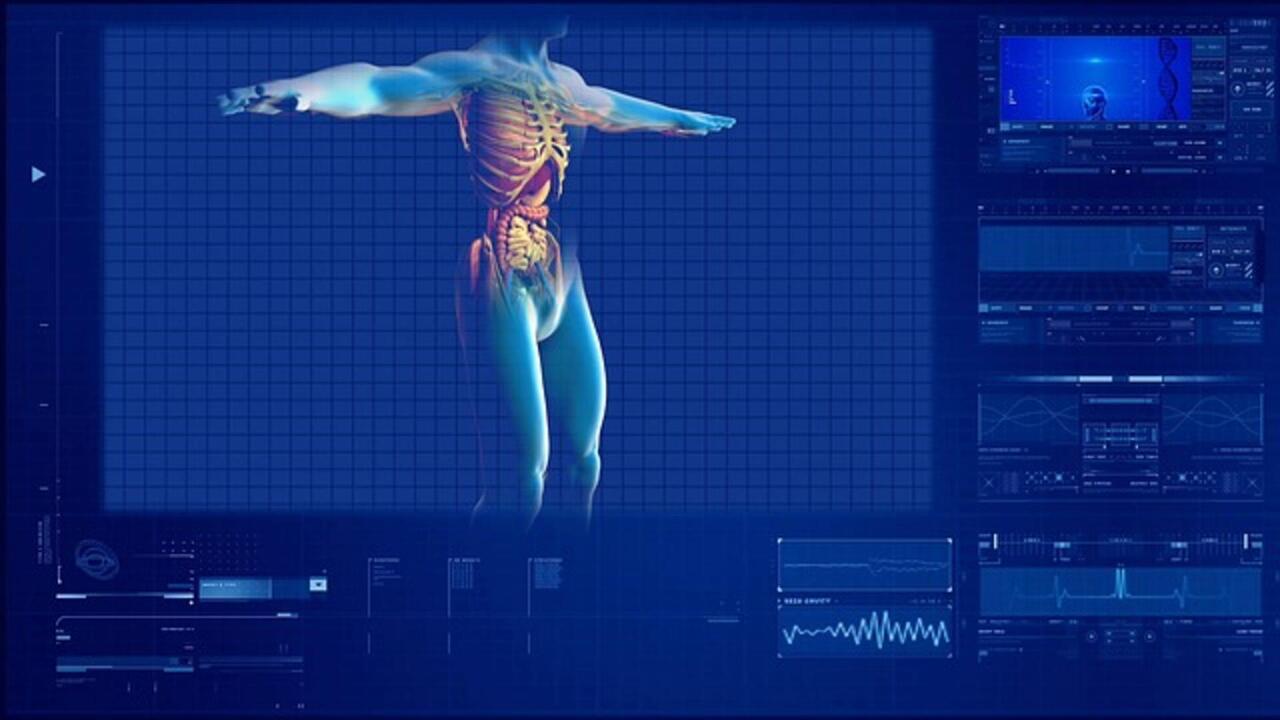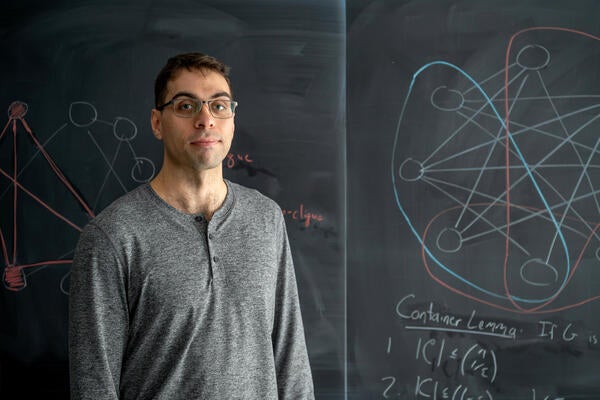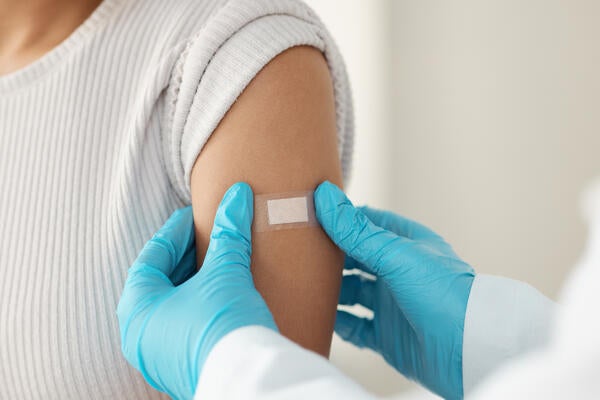
New mathematical model shows how the body regulates potassium
Mathematical model conceptualizes the relationship between kidneys and muscles

Mathematical model conceptualizes the relationship between kidneys and muscles
By Media RelationsHaving levels of potassium that are too high or too low can be fatal. A new mathematical model sheds light on the often mysterious ways the body regulates this important electrolyte.
Potassium, a common mineral abundant in food like bananas and leafy greens, is essential to normal cellular function. It helps the cardiac muscle work correctly and aids in the transmission of electrical signals within cells.
Using existing biological data, researchers at the University of Waterloo built a mathematical model that simulates how an average person’s body regulates potassium, both in times of potassium depletion and during potassium intake. Because so many foods contain abundant potassium, our bodies constantly store, deploy, and dispose of potassium to maintain healthy levels – a process known as maintaining potassium homeostasis. Understanding potassium homeostasis is essential in helping diagnose the source of the problem when something goes wrong – for example, when kidney disease or medication leads to dysregulation.
“Too much potassium in the body, or hyperkalemia, can be just as dangerous as hypokalemia, or too little,” said Melissa M. Stadt, a PhD student in applied mathematics and the lead author of the study. “Dysregulation of potassium can lead to dangerous and potentially fatal consequences.”
The model could be used for a virtual patient trial, allowing researchers to generate dozens of patients and then predict which ones would have hyper- or hypokalemia based on different controls.
“A lot of our models are pieces of a bigger picture,” said Anita Layton, professor of applied mathematics and Canada 150 Research Chair in mathematical biology and medicine. “This model is one new and exciting piece in helping us understand how our incredibly complex internal systems work.”
The model is especially exciting because it allows scientists to test something called the muscle-kidney cross-talk signal hypothesis. Scientists have hypothesized that skeletal muscles, which are responsible for most of the potassium storage in the body, can directly signal to the kidneys that it’s time to excrete excess when too much potassium is stored, and vice versa. When the math researchers tested the hypothesis in their model, it more accurately reflected existing biological data regarding potassium homeostasis, suggesting that muscle-kidney cross talk might be an essential piece in the puzzle of potassium regulation.
The study was published in PLOS Computational Biology.

Dr. Chris Bauch, a professor of Applied Mathematics at the University of Waterloo, is part of a team that has developed a new approach to help public health officials predict where outbreaks might occur. (Elisabetta Paiano/University of Waterloo)
Read more
New research demonstrates that vaccine skepticism on social media can predict public health crises

Read more
Waterloo researcher Cameron Seth is breaking down the world’s hardest computer science problem piece by piece

Read more
New study shows updated 2024–2025 vaccines remain effective against severe outcomes
The University of Waterloo acknowledges that much of our work takes place on the traditional territory of the Neutral, Anishinaabeg, and Haudenosaunee peoples. Our main campus is situated on the Haldimand Tract, the land granted to the Six Nations that includes six miles on each side of the Grand River. Our active work toward reconciliation takes place across our campuses through research, learning, teaching, and community building, and is co-ordinated within the Office of Indigenous Relations.